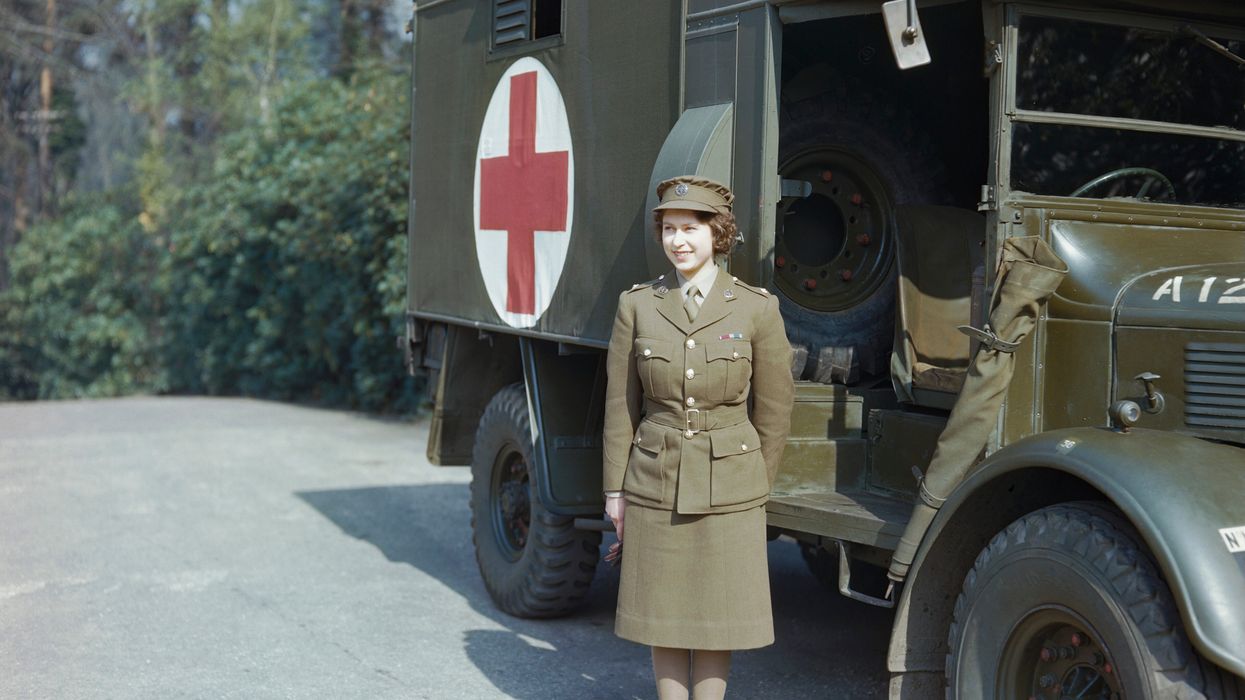The idea of bringing people back from the dead may sound bizarre and impractical. But in 1799, Dr. William Thornton was quite sure that his plan to bring his dear friend George Washington, the first President of the United States, back to life would be successful. It all started following the death of Washington on December 14. Thornton proposed a strange plan proclaiming that he could resurrect him, according to History.
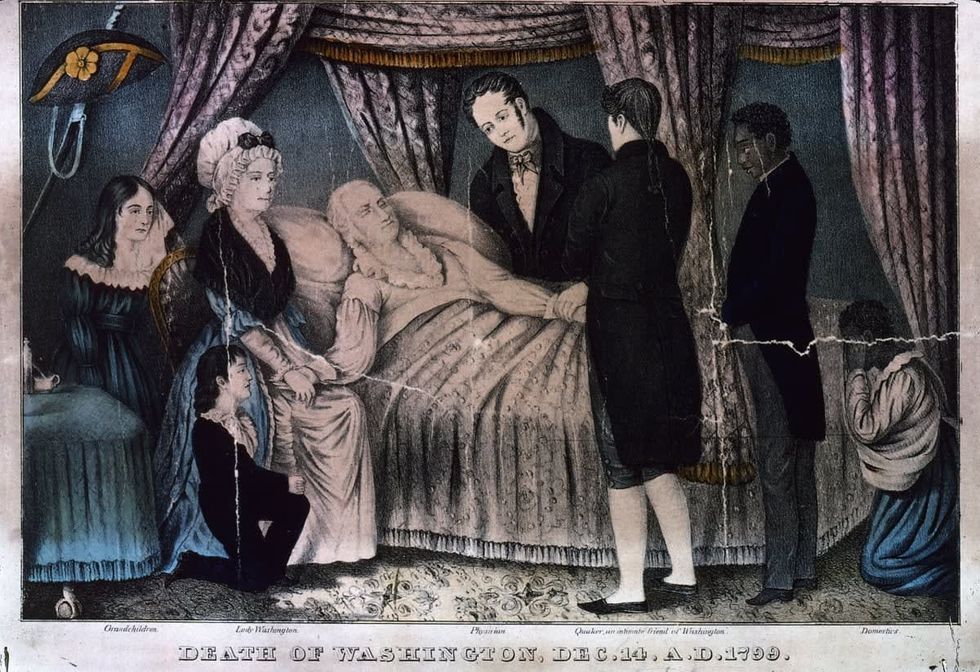
Washington died at his home in Mount Vernon, Virginia, after suffering from a severe throat infection. He was believed to have been suffering from acute epiglottitis because it was extremely difficult for him to swallow or breathe. Thornton arrived at Mount Vernon a day after Washington’s death and suggested to Martha Washington, the president’s widow, that he could try to bring her husband to life by using an unconventional method—a tracheotomy.
Thornton was born in the British West Indies in 1759 and attended medical school in Scotland before moving to the United States in 1787 and gaining American citizenship. He was also responsible for the architectural design behind the US Capitol.
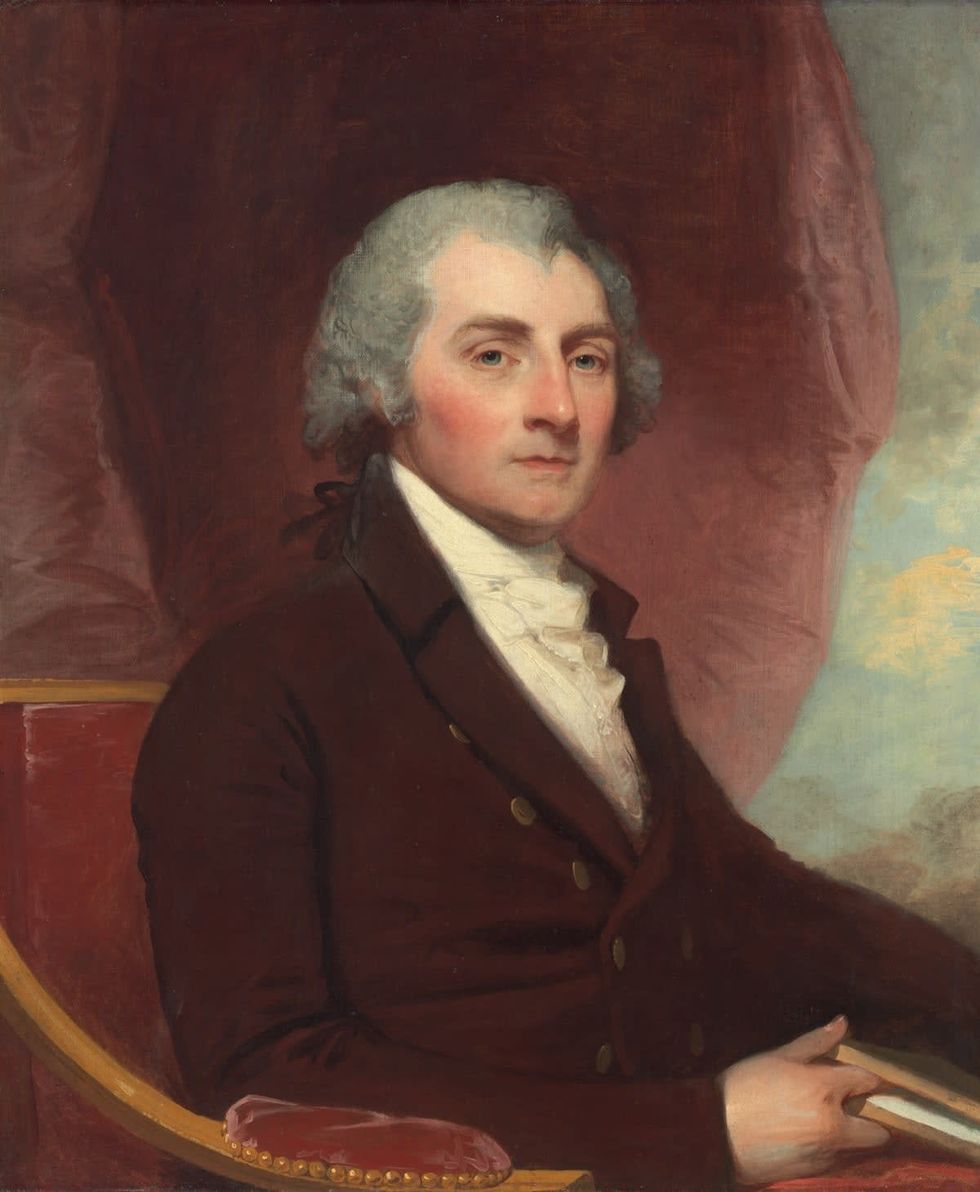
Thornton had shared his full plan in a letter to his friend as he said, "I proposed to attempt his restoration, in the following manner. First to thaw him in cold water, then to lay him in blankets, and by degrees and by friction to give him warmth, and to put into activity the minute blood vessels, at the same time to open a passage to the lungs by the trachea, and to inflate them with air, to produce an artificial respiration, and to transfuse blood into him from a lamb,” according to Trendy Digests.
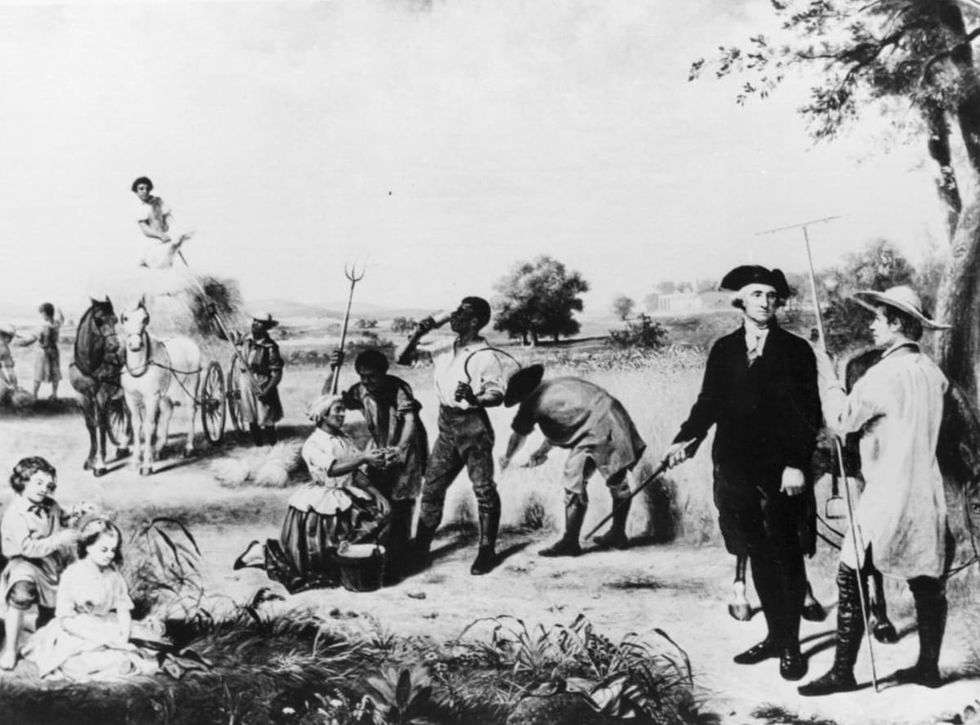
Despite having a detailed plan to revive Washington, it was Martha Washington who declined the offer as she had made peace with her husband's demise. On the other hand, Washington was at the end of painful suffering and had instructed his family to honor his last wish. He had said, "I pray you to take no more trouble about me, let me go off quietly."
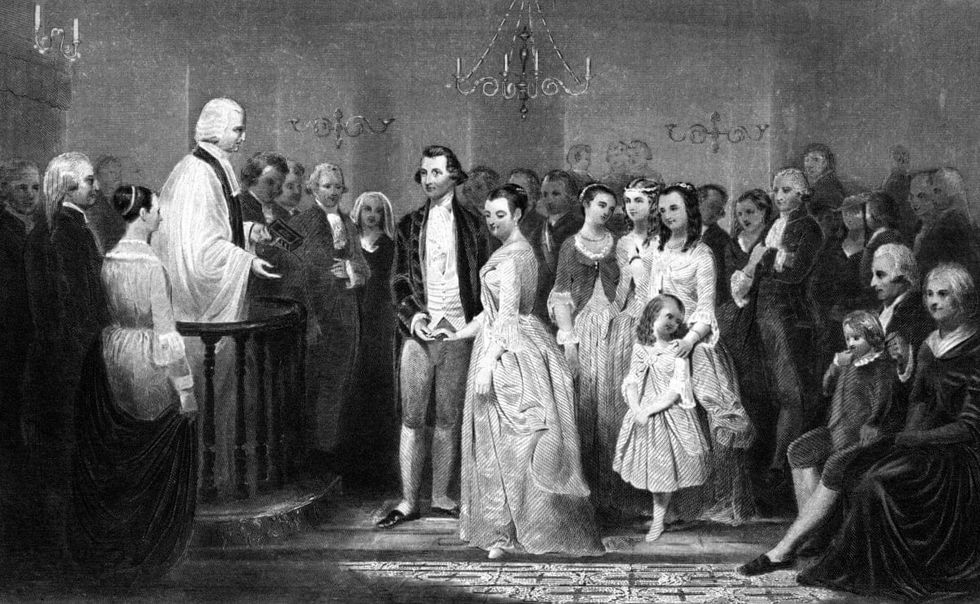
Even after two centuries of his death, Washington’s legacy lives on today as one of the most influential figures in American history. He was one of the United States' Founding Fathers and face is engraved on coins, bills, monuments, and buildings.
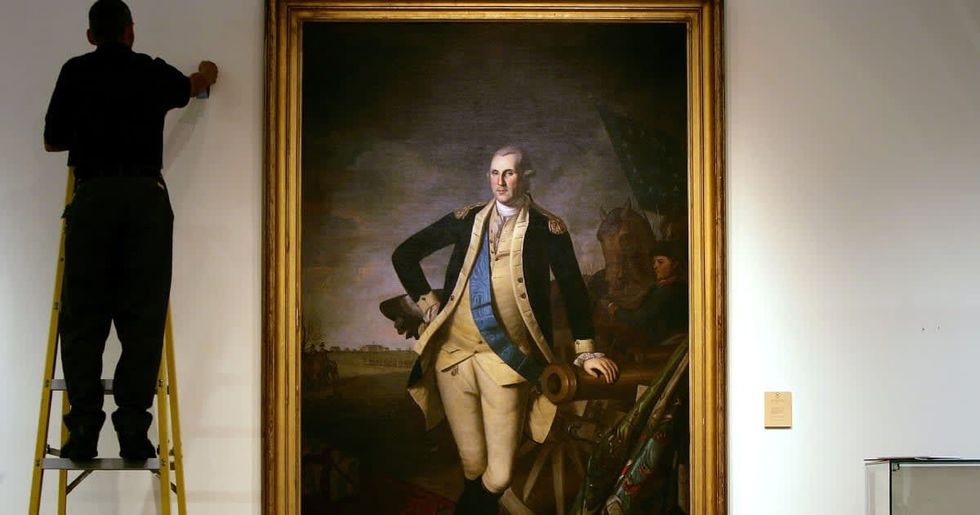
Despite being stopped from performing his rare surgery, History suggests that Thornton wanted Washington to be buried in the US Capitol. However, Washington had stated in his will that he wished to be buried in his own space at Mount Vernon and therefore, his remains were not moved out of his estate.





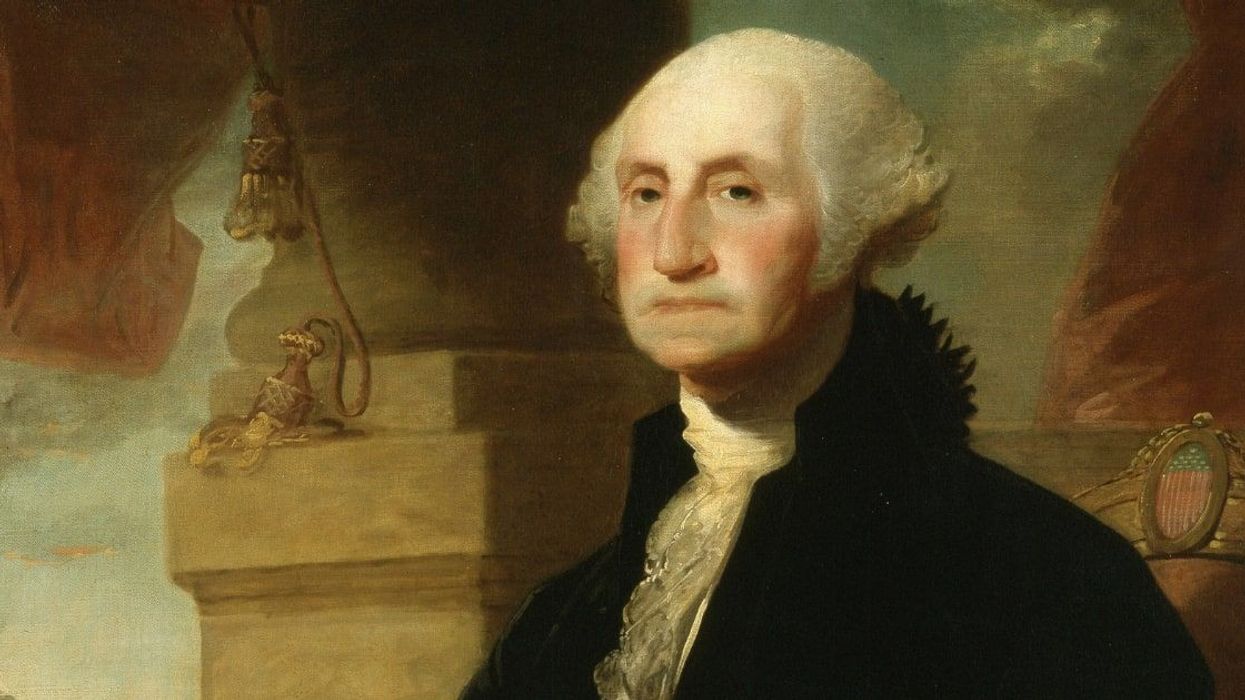











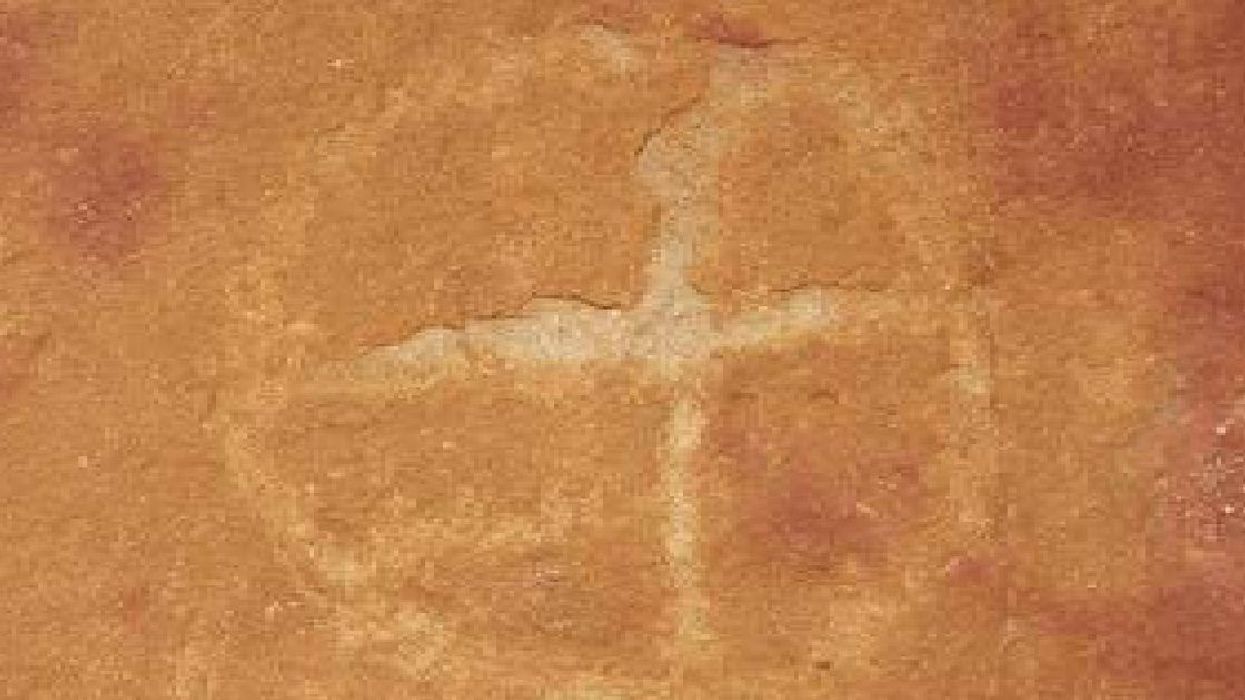
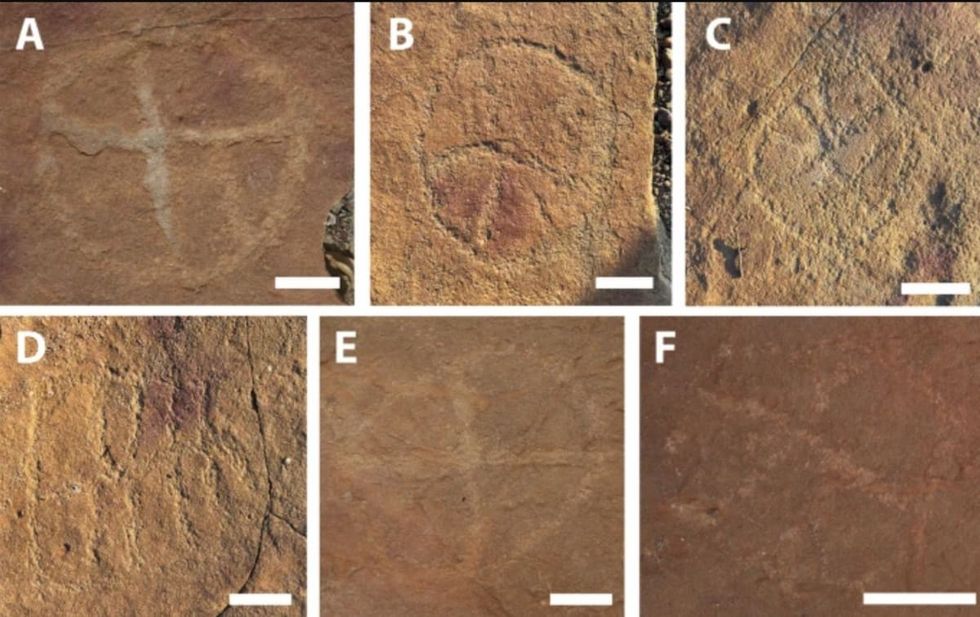 Image frmo Scientific Reports of ancient artwork. Image Source:
Image frmo Scientific Reports of ancient artwork. Image Source: 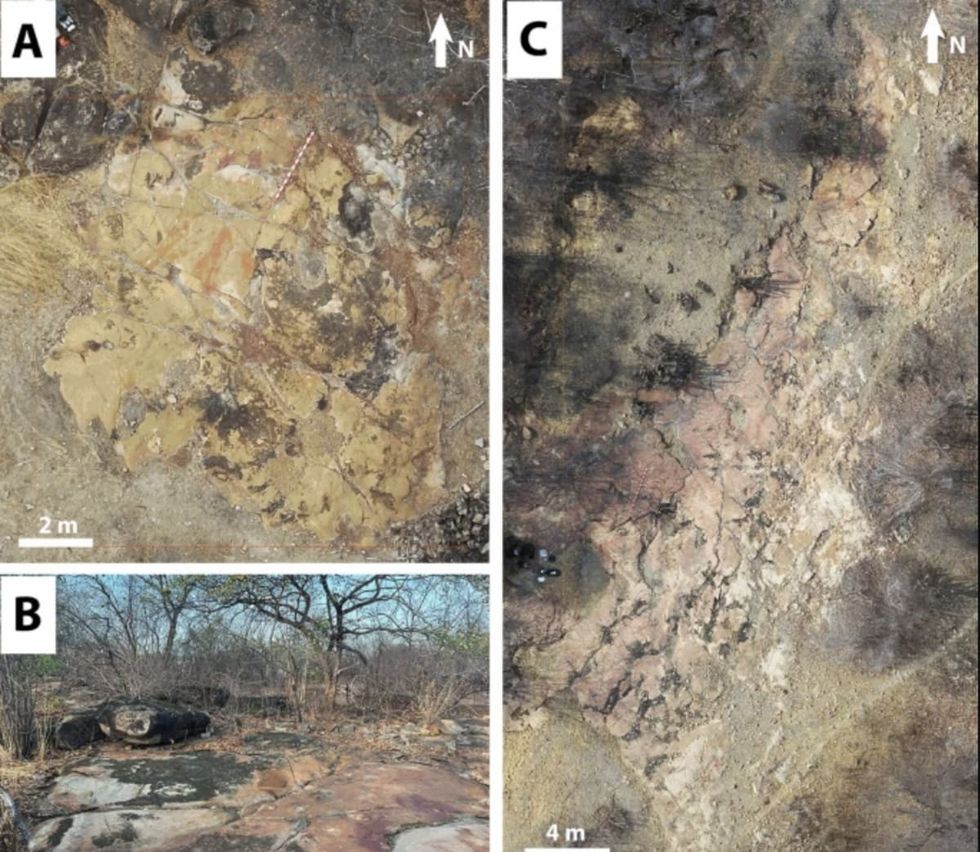 Image frmo Scientific Reports of ancient artwork.Image Source:
Image frmo Scientific Reports of ancient artwork.Image Source: 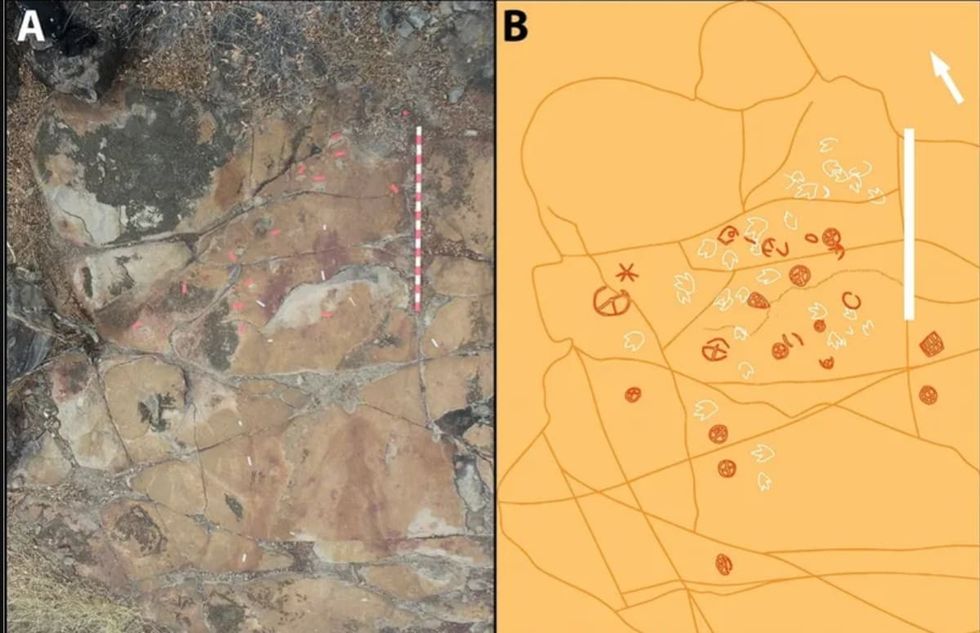 Image frmo Scientific Reports of ancient artwork.Image Source:
Image frmo Scientific Reports of ancient artwork.Image Source: 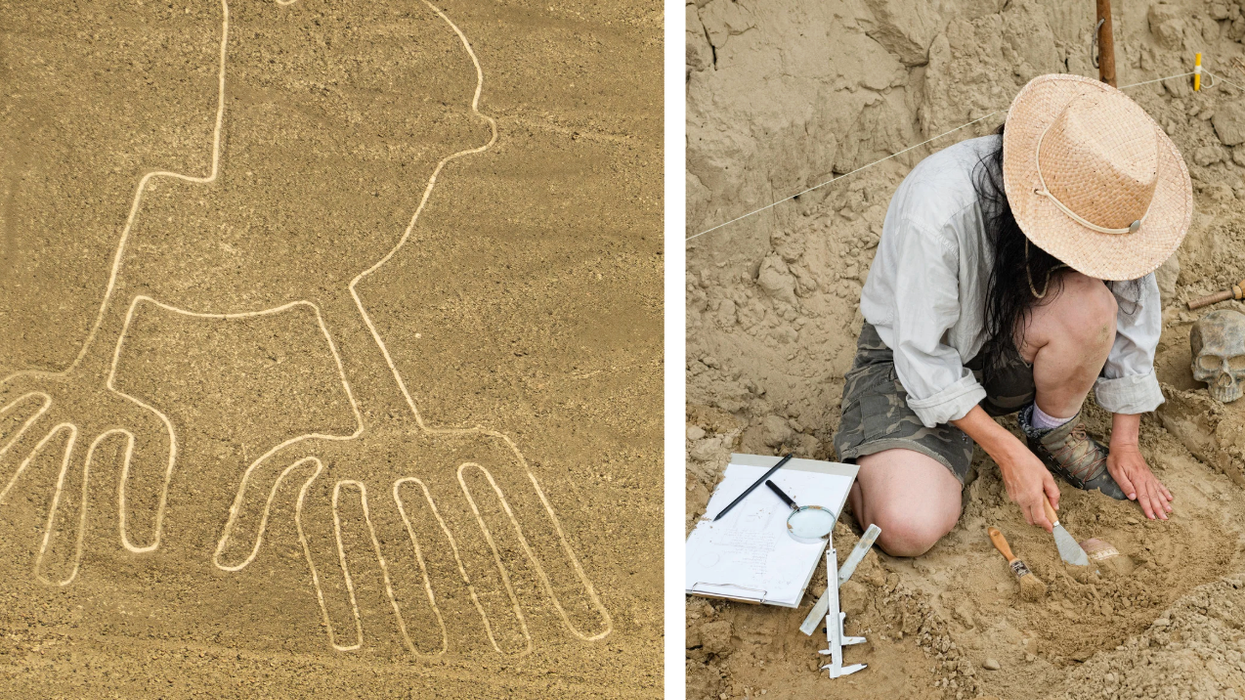

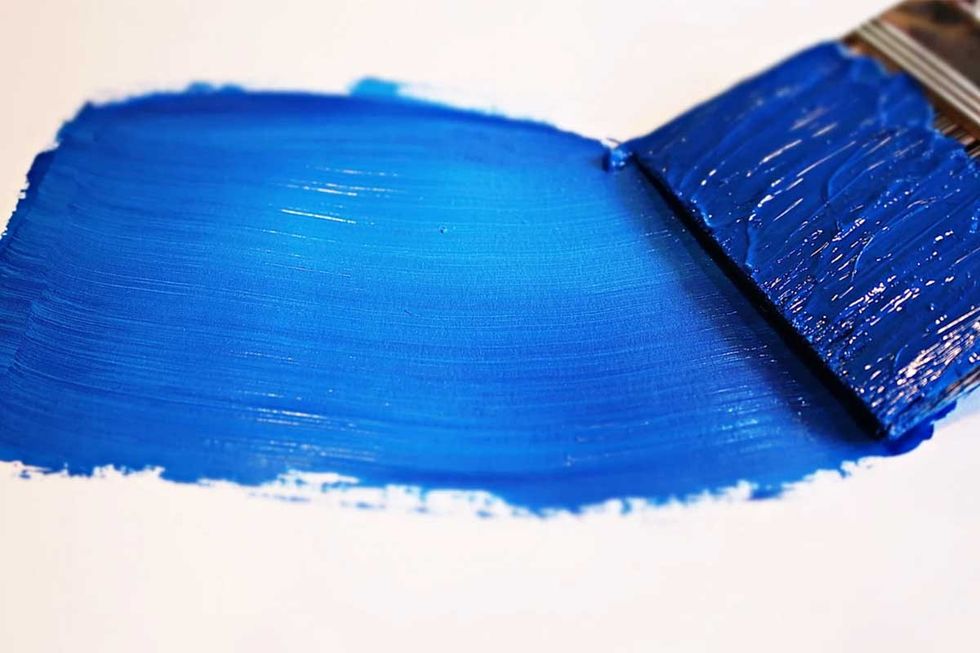 It's difficult to imagine seeing a color and not having the word for it. Canva
It's difficult to imagine seeing a color and not having the word for it. Canva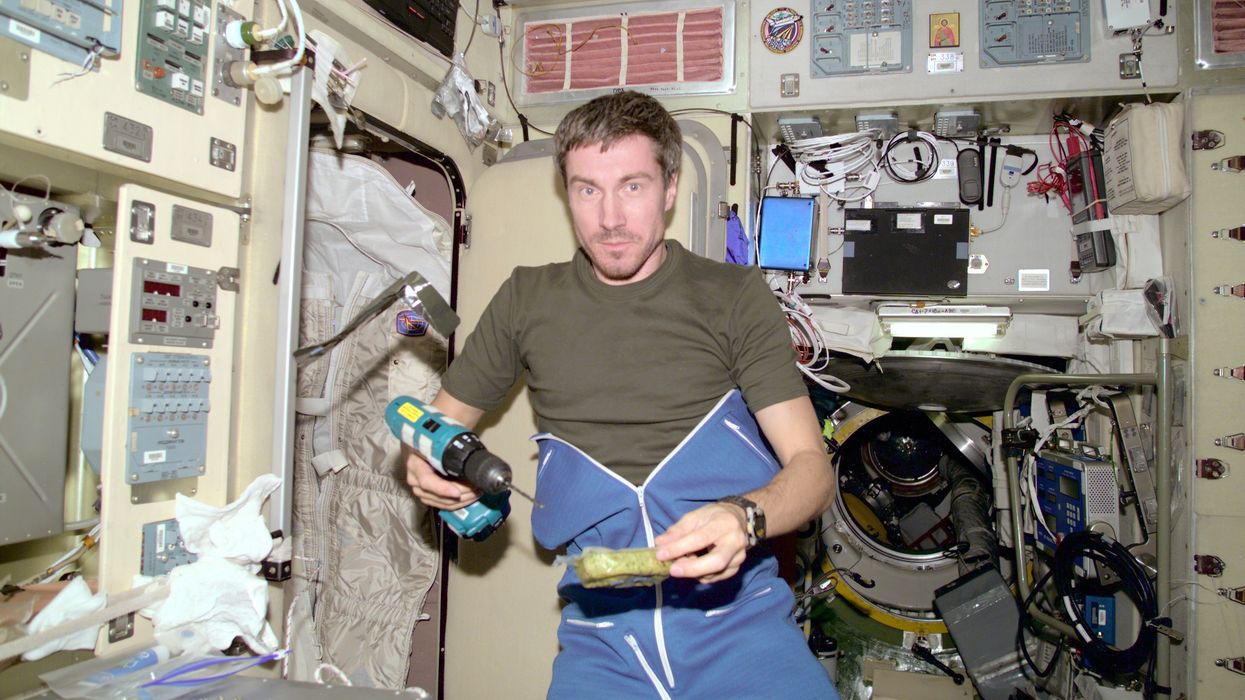
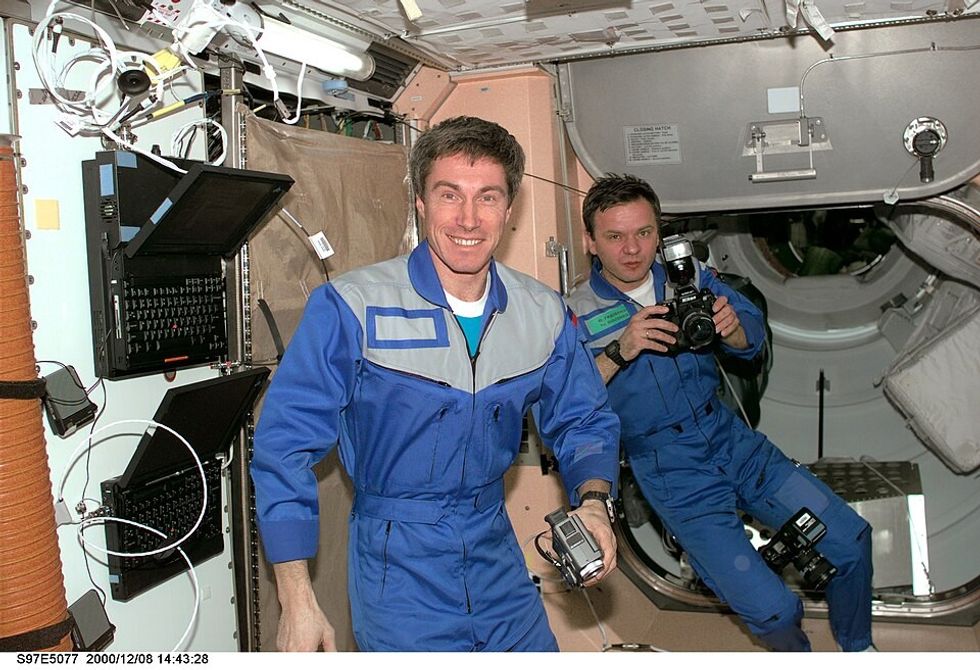 Sergei Krikalev in space.
Sergei Krikalev in space. 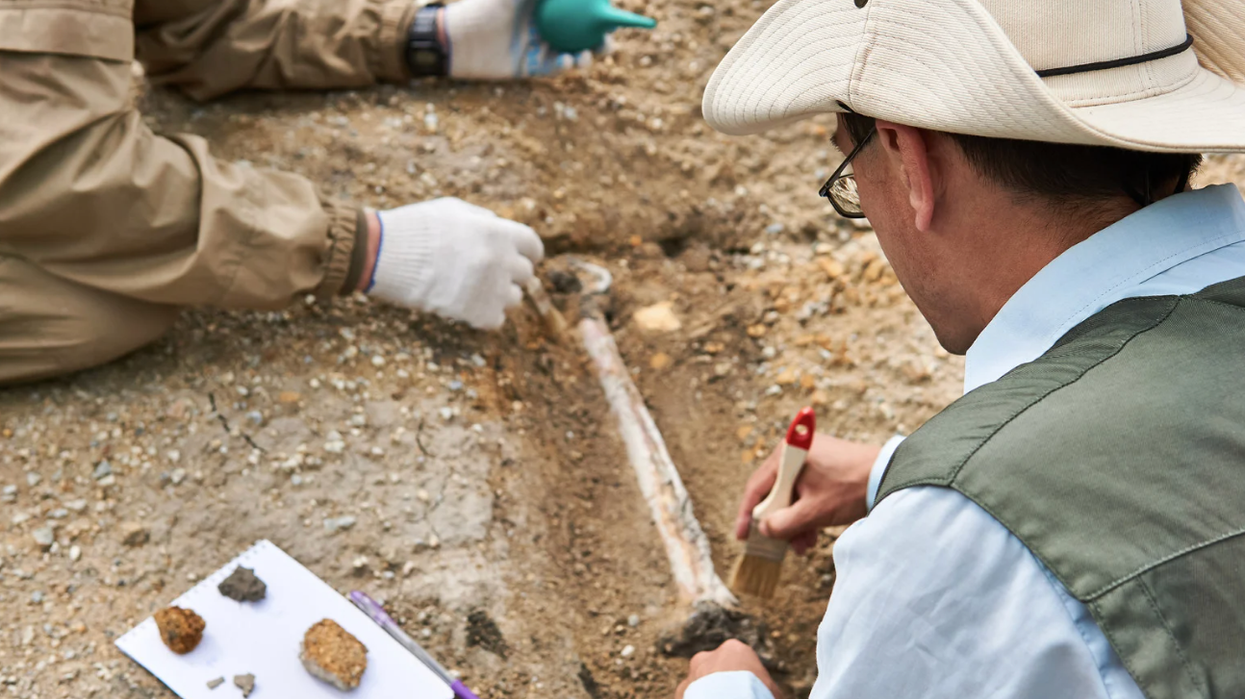

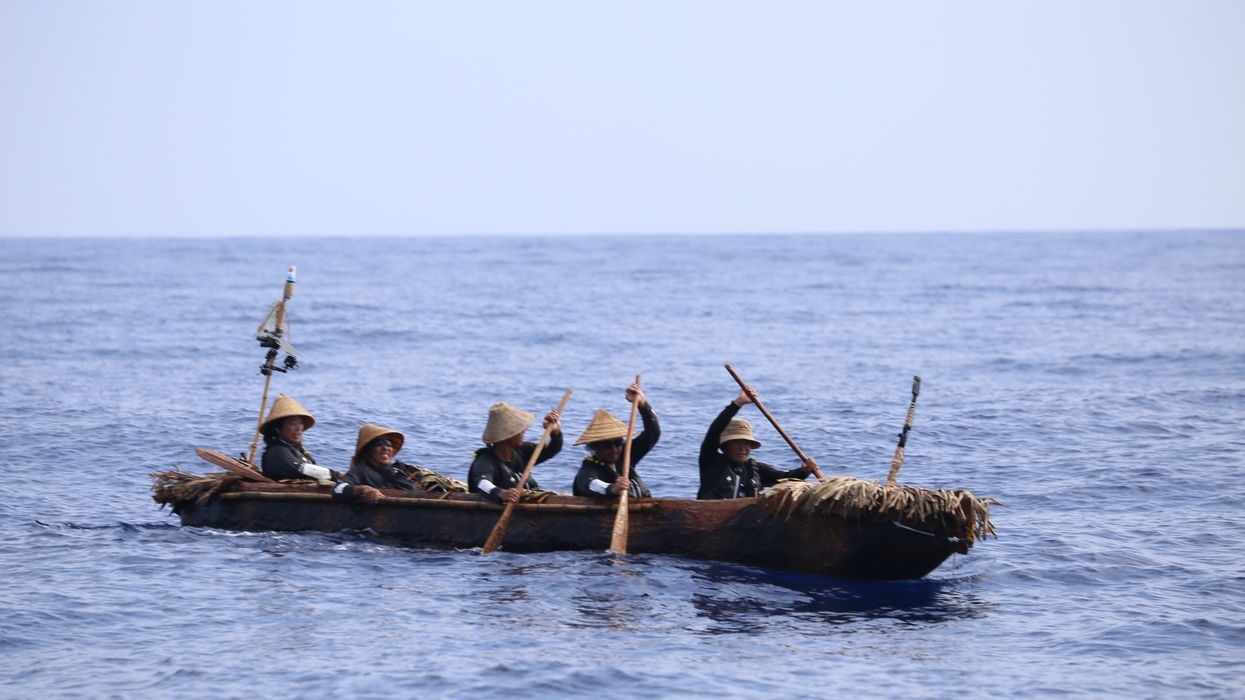
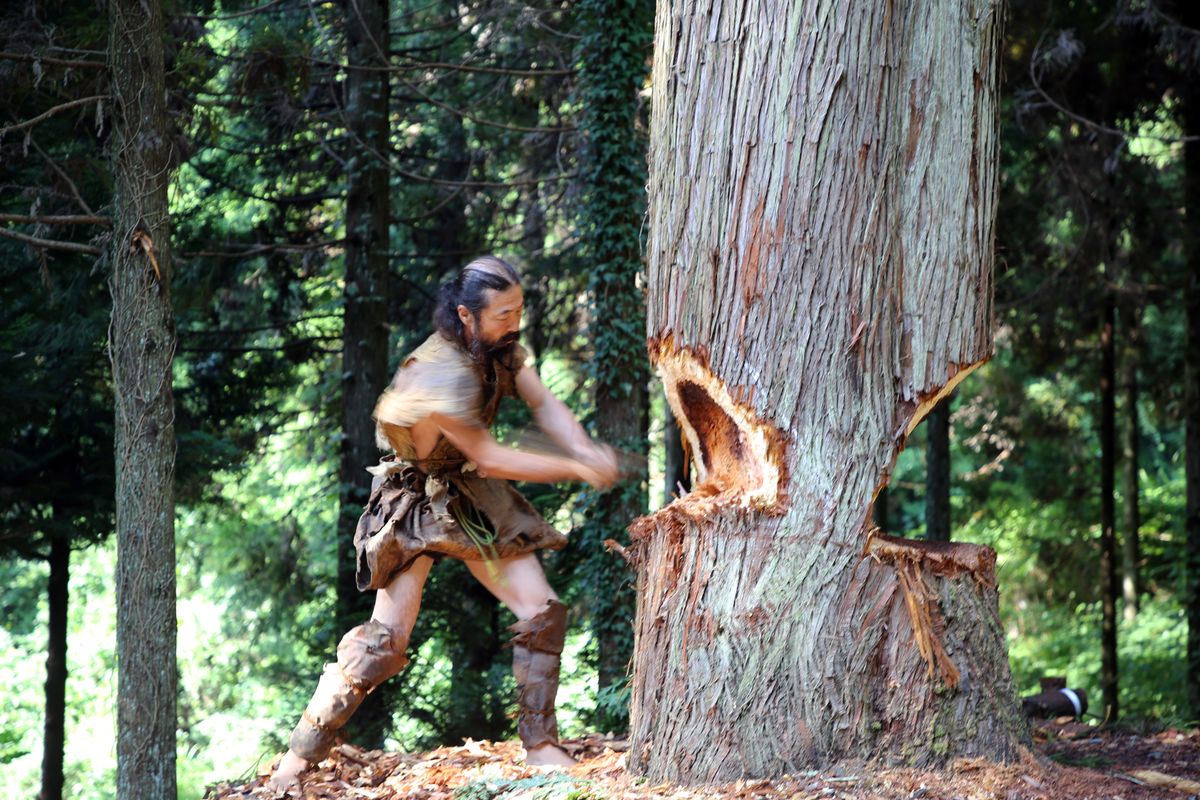 The team also crafted their canoe using ancient methods and Stone Age-style tools. National Museum of Nature and Science, Tokyo
The team also crafted their canoe using ancient methods and Stone Age-style tools. National Museum of Nature and Science, Tokyo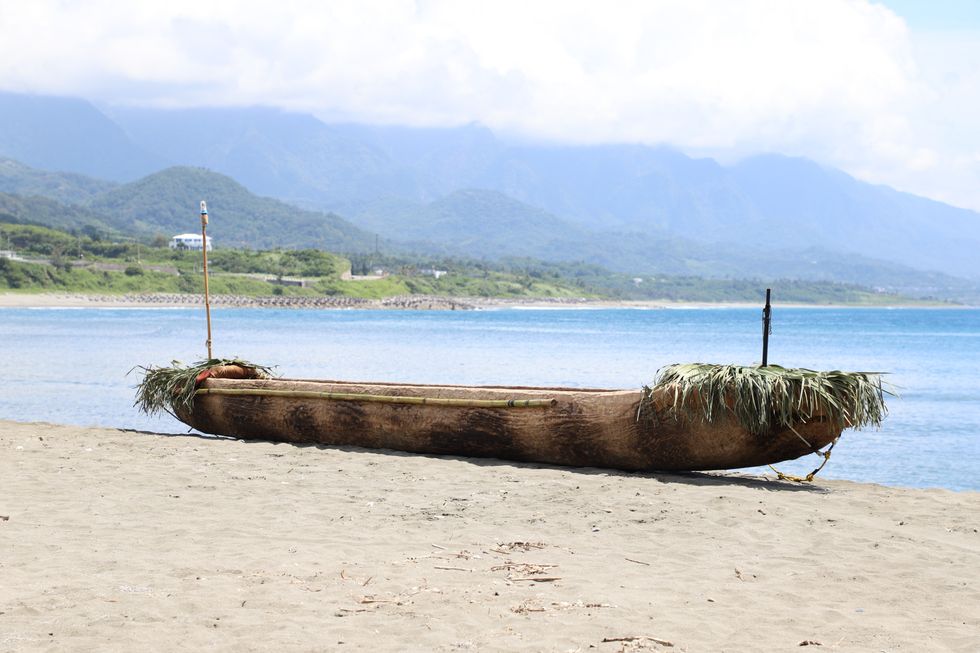 The cedar dugout canoe crafted by the scientist team. National Museum of Nature and Science, Tokyo
The cedar dugout canoe crafted by the scientist team. National Museum of Nature and Science, Tokyo